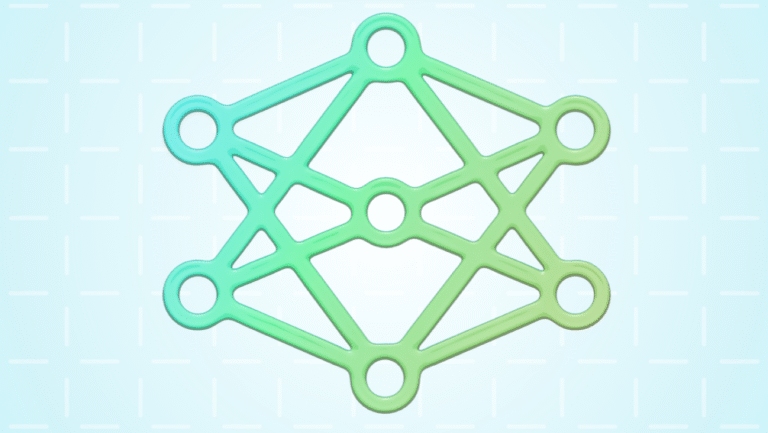
For well over a decade now, we have been saying that software is eating the world. Now we find ourselves in a place where AI is eating the software! When it comes to software and product development, there is no ignoring that interaction with AI will likely be the prominent future frontier in user interfaces. Many are even making big bets that it will become the primary interface to most of what we think of as applications today.
One of the big differences this introduces for product design is the way we think about personas. Previously, we always considered personas in the design of the functional interface itself. Different personas using an app or a piece of software would often literally have different buttons to click and see different things, and that would guide their usage of the product according to their charter, or job to be done. But in the case of AI, the persona “guidance” shifts dramatically — it becomes much more focused on how the AI itself is trained to interact with the user, and on how users are trained to interact with the AI.
In traditional software development, persona-based design meant tailoring screens, menus, and dashboards. In AI-driven products, we must now map personas to things like conversational styles, task flows, and information preferences.
For example, a sales manager might prefer to ask the AI things like:
“Show me top-performing reps this quarter and flag anyone who’s behind quota.”
Whereas a customer support lead might ask:
“Summarize customer sentiment across channels so far this week.”
The same AI model will likely power both, but the expected language, context, and output format are different. Designers should now think about:
- How different personas express their intent (language, assumptions, terminology)
- How each persona consumes outputs (depth, format, decision-readiness)
- What context the AI should infer or already know about each of them
This means building AI interfaces is not just a UI/UX challenge — it’s also about persona-aligned context modeling, prompt design, and output structuring.
New Design Considerations in an AI-First Paradigm
Here are some key considerations for designing your AI products around personas:
1. Design for Communication, Not Navigation
The interface is now a conversation. That means designing for how a persona speaks to the product, not just how they click through it. You will have to think about things like:
- Determining user intent
- Potential support for multiple native languages
- Context retention across sessions
- Personalized dialog scaffolding (e.g., reminders, preferences, decision patterns)
2. Train AI on Persona-Specific Patterns
Just as we used to build specific workflows for different user types, now we must:
- Fine-tune models or prompt templates to align with different roles if necessary
- Capture and reuse domain-specific knowledge for grounding and research
- Handle ambiguity and clarifying questions differently per persona
3. Onboard Users for Intent Expression
Nobody ever really bothered training CEOs and executives on how to use Excel… because they have people for that. But with AI as the interface, everyone becomes a potential power-user so education and guidance become critical.
So, for an executive persona, this means:
- Teaching them how to ask questions that the AI understands and can act on
- Providing scaffolds like sample prompts, dashboards, or voice interfaces tailored to decision-making
4. Consider the Role of AI as a Persona Itself
In some cases, we’re not just designing for personas, but also creating AI personas (Agents) that mirror or augment some human roles:
- An “AI Project Manager” that summarizes progress and flags risks
- An “AI Customer Service Agent” that pre-triages inbound issues
- A “Chief of Staff AI” that proactively surfaces decisions and handles scheduling
These AI agents should reflect the language, tone, and domain knowledge expected of their real-world counterparts.
In some other cases, the AI may completely take over a task and just deliver outputs to another role. For example:
- An AI agent processes customer NPS data and delivers a summary to the Product Lead
- A marketing AI suggests campaign changes based on sales pipeline data
Here, the output needs to be shaped to the recipient persona, just as a human would tailor a summary for a specific audience. This creates new layers of complexity — and opportunity — in how we orchestrate multi-agent systems. Now, you’re designing not just interfaces, but “characters” in a distributed intelligence system.
Designing for Human-AI Teams…In a world where AI is the primary interface, we need to go beyond treating AI as just a tool — as it becomes increasingly agentic, it functions like a teammate, a liaison, and sometimes a proxy. The future of software design around personas becomes less about access control or UI features and more about enabling collaboration between human and AI roles in the most efficient way possible. The models available are improving constantly, and quickly. Increasingly models will be even more equipped to handle these types of contextual interface conversations right out of the box which will allow product and operations teams to focus on these fundamental shifts in product design, onboarding, and organization-wide training and digital fluency.



